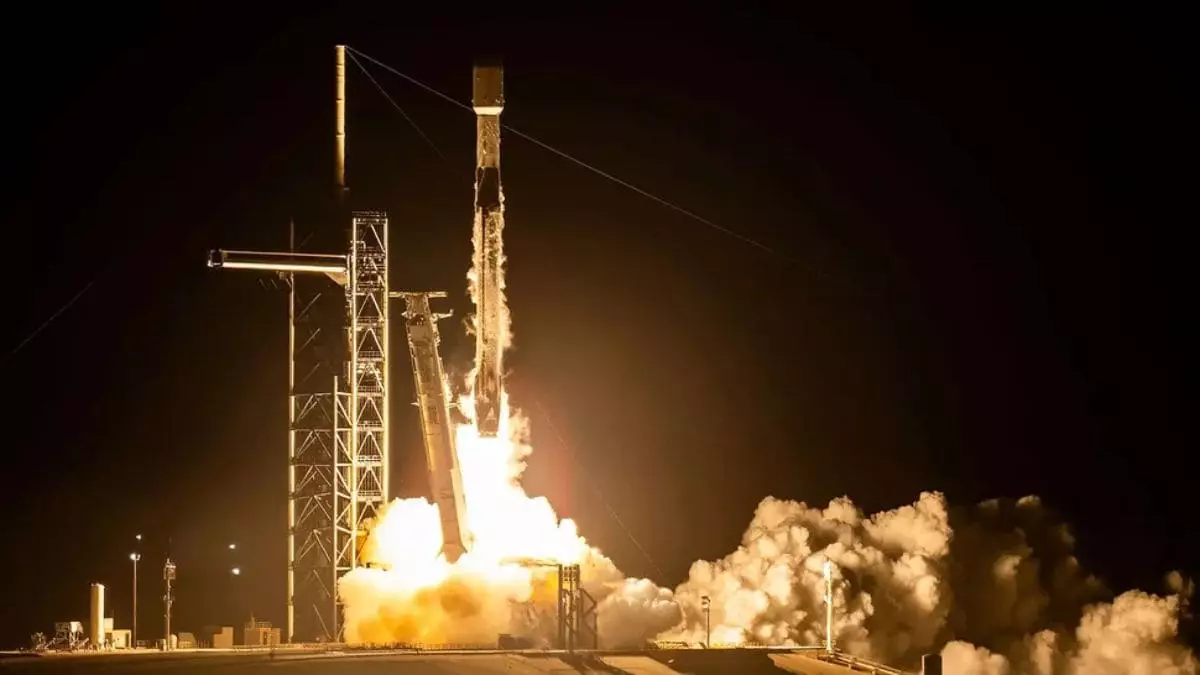In an audacious bid to redefine the aerospace industry, SpaceX has set its sights on an unprecedented goal of achieving 170 orbital missions by 2025—an astounding frequency that translates to nearly one launch every other day. This ambitious initiative, announced by Anne Mason, director of national security space launch, instantly raises questions about the sustainability and implications of such rapid advancement. The company’s plans not only demonstrate a relentless pursuit of efficiency but also unearth tensions surrounding commercial spaceflight, regulation, and our economic future. Is SpaceX flying too close to the sun in its relentless push for speed and frequency?
The Evolution of Launch Capabilities
Reflecting on the sky-high aspirations since their 2020 baseline of merely 25 launches, it’s evident that SpaceX’s operational metamorphosis has been remarkable. Creating a scenario where practically daily launches have become the norm showcases the extraordinary advancements derived from reusable rocket technology and optimized engineering practices. Yet, this invigorated pace begs a broader discourse about our dependency on private entities for such critical operations and the potential pitfalls therein. Is efficiency being prioritized over safety and rigorous testing?
The Falcon 9—a workhorse of the company—shouldering the brunt of the 2023 record, signifies a resounding victory for SpaceX. However, let’s not ignore the essential responsibilities that come with such supremacy in the market. As Mason stresses the importance of operational efficiency, one must ponder: at what cost does this rapidity come? Will the government and private partnerships entrenched within this expansion address the societal, regulatory, and ethical obstacles that inevitably arise?
Starlink: A Double-Edged Sword
Interestingly, a substantial portion of SpaceX’s upcoming launches is connected to the Starlink project, illustrating yet another layer of complexity within their ambitious frame. Currently, over 7,500 satellites are orbiting Earth, continuously feeding the demand for global internet connectivity. While this technological leap is commendable, Starlink’s expansion raises valid concerns regarding space debris and the potential monopolization of the orbital spectrum. How will society mitigate the implications of an increasingly congested orbital environment, especially when many criticize SpaceX for its lack of transparency and accountability in this venture?
Strategic Implications and the Future
Despite the company’s meteoric rise, the path forward is fraught with uncertainties. With plans to ramp up launch frequencies and introduce innovations like the Starship—aimed at long-term goals such as Mars colonization—it feels as though SpaceX teeters on the edge of an exhilarating high while grappling with the risks associated with overreach. Can they maintain a delicate balance between innovation and the myriad consequences of their rapid progress?
The reality remains that SpaceX’s lofty objectives challenge the industry’s status quo, pushing boundaries that may well redefine our understanding of space travel—but only time will tell if our reliance on commercial space ventures will pave the path to our celestial future or if it leads us into an uncharted arena of unforeseen challenges.


Leave a Reply